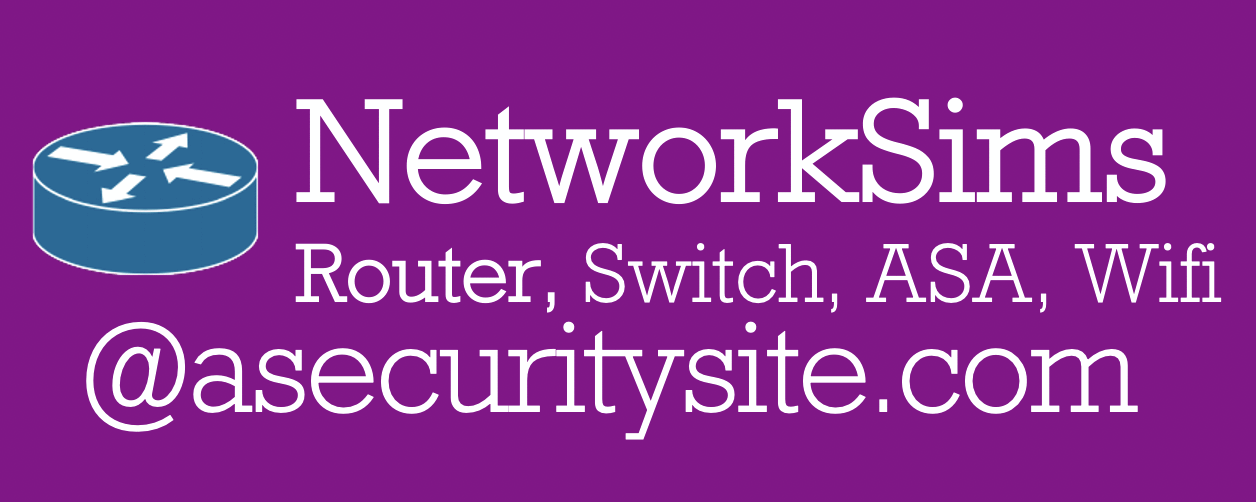|
 Routing:
[Gen][CCNA][CCNP Route][CCNP Remote][CCDA][MPLS][EEM][Add][Juniper][ACL][Host]
Routing:
[Gen][CCNA][CCNP Route][CCNP Remote][CCDA][MPLS][EEM][Add][Juniper][ACL][Host]
Switching: [CCNP Switch] [Switch Add] [Intro] [VLANs] [MLS] [STP] [QoS] [Availability] Security: [CCNP Security] [CCNA Security] [CCNP ISCW][PIX] [Adv PIX/ASA] [Net Sec1] [Net Sec2] Wireless: [Wireless] [Wireless Chall] [CCNA Wireless] [Wireless Theory] Voice: [Voice/QoS] [CCNA Voice] [CCVP Gateway] [CCVP Voice] Topics: [Dot1q][Dot1x][BGP][BRI][DHCP][IGRP][IGMP][OSPF][PPP][QoS][RADIUS][RIP][Subnet][SNMP][VLAN] ACLsACL challenges. Router. Do you struggle with ACLs ... try these? CCNA
CCNP Route
Remote Access
CCNP Switch
Wireless
PIX/ASA
CCNP ISCW
|